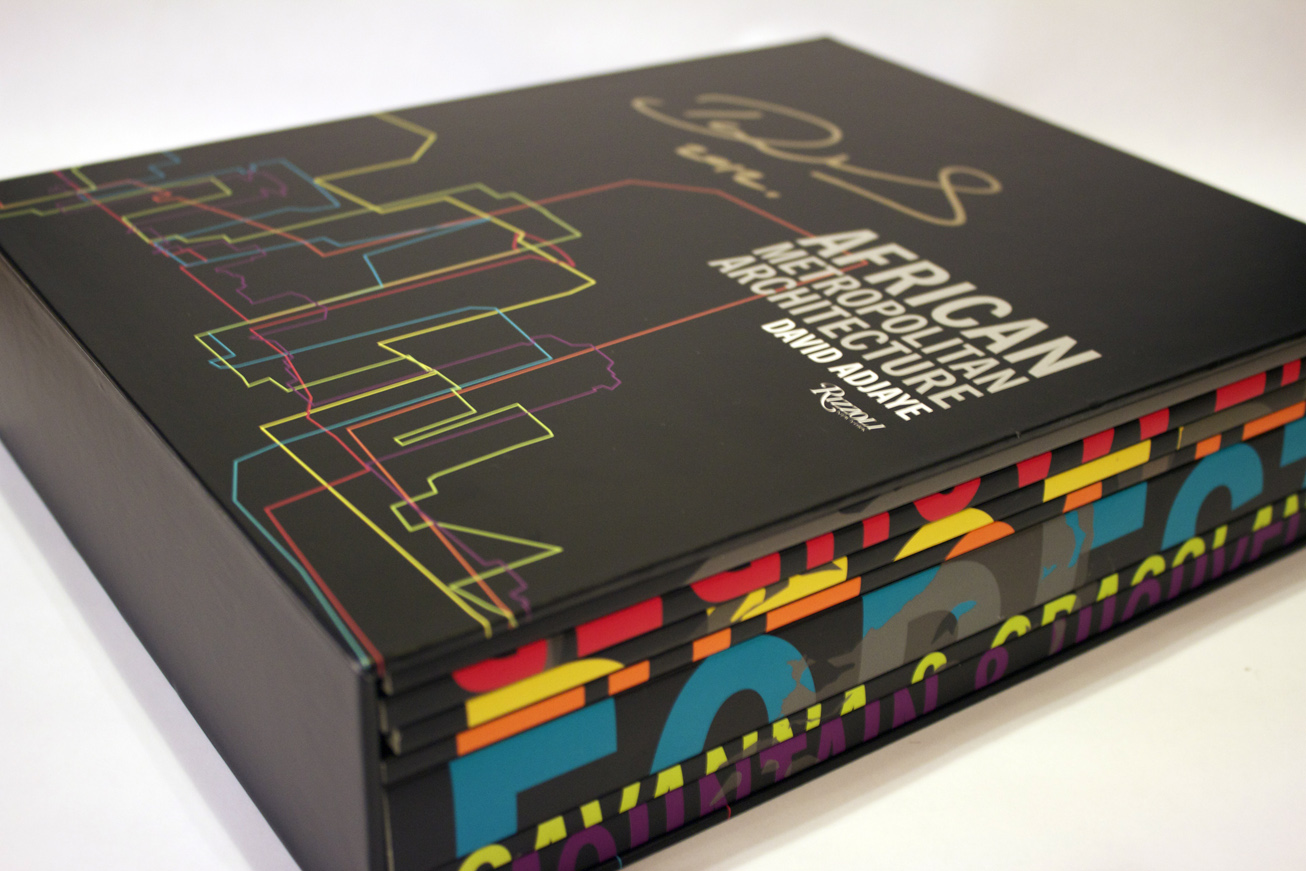NEW YORK—Speaking at the Center for Architecture this evening, David Adjaye took the audience on what he called an “African odyssey.” The London-based architect spent a decade exploring Africa’s capital cities, documenting the distinct architecture of each region in “African Metropolitan Architecture,” a seven-volume book published last November.
Aided by visuals including maps and photos of representative structures from Algiers and Cairo to Abuja, Mogadishu and Pretoria, Adjaye walked the audience through the publication section-by-section, explaining why he embarked on the project and how he managed to gain an understanding of the built environment in 53 different locales.
The book talk was a part of Archtober, a festival of architecture and design events in New York throughout the month of October.

When discussing Africa’s architecture and the future of its metropolitan regions, David Adjaye emphasizes the relationship between the built and natural environments and notes that the continent’s structures are in their cultural and functional infancy as Africa is young, less than 50 years free of colonialism.
The Architect
Born in Tanzania to Ghanaian parents, Adjaye is often described as a leading architect of his generation. He opened his first office in 1994 and established Adjaye Associates, his current practice in London in 2000. In the years since, he has added offices in New York, Berlin and most recently Accra. Adjaye has won prominent commissions to design civic and art spaces and private residences across four continents.
He has also taught at several prestigious institutions, including Princeton University where he is a visiting professor of architectural design, and periodically collaborates with artists as he did this summer when he designed the exhibition space for photographer Richard Avedon’s show at the Gagosian Gallery in Chelsea.
His latest and most prominent endeavor, the design for the Smithsonian’s National Museum of African American History and Culture, is under construction on the National Mall in Washington, D.C., where it is scheduled to open in 2015.
The Book Project
Adjaye had a worldly upbringing. His father was an African diplomat, which meant that the family moved every two and a half years. Growing up, Adjaye visited many African cities and was educated in Europe. In his introductory essay for “African Metropolitan Architecture,” the architect writes that the photographic survey spanning 2000 to 2010 involved a “return to some of the formative experiences of my childhood.” During the talk he said he went back to places in Uganda, Ghana and Tanzania where he had lived, to schools he had attended, and to where his brother was born.
He embarked on his African journey without guides. Adjaye said he arrived in each city, found a taxi driver and asked them to “show me the city.” Whether it took one week, two weeks or a month, he said he worked with one driver in each capital and paid them for their time. The architect took all of the photographs that appear in the volumes, documenting what he saw with “snapshots” using basic digital cameras.
“African Metropolitan Architecture” is organized by terrain, rather than geography. Each volume is titled “Desert,” “Forest,” and “Savanna and Grassland,” for example, to emphasize what Adjaye has observed to be a complementary relationship between the built and natural environments in which Africa’s modern architecture directly responds to the topography of the land.
Adjaye laments that little is known throughout African society or among his fellow architects worldwide about the architecture of his home continent. “While there is a considerable amount of research on development and sociological issues in Africa, there is a lack of information for architects, urban designers, and planners,” he writes “so this book aims to add something to the cultural and visual history of the continent.”
Video
Watch David Adjaye respond to 10 questions from Time magazine about his work.
All photos © Arts Observer

